In Avatar: The Last Airbender, humans first learned the ability to bend or manipulate the four elements of Fire, Earth, Air, and Water by observing their natural environment and mimicking how certain animals interacted with the world. While only the Avatar can learn to master all four elements, with Aang being the first Avatar to utilize the fifth form known as Energybending, certain humans can develop the ability to bend one of the four elements through their own flow of chi or energy within the body.
The Avatar sequel series The Legend of Korra reveals that the ability of bending was initially bestowed upon humans during the era of Raava by lion turtles, ancient spiritual beings who had a connection to one specific element and were so large that they could carry an entire city on the back of their shells. If a human wished to travel through the Spirit Wilds, regions of the mortal world inhabited by spirits, humans would approach the lion turtles to be granted the ability of bending to protect themselves against the spirits. When the spirits returned to the Spirit World and Avatar Wan closed the portals to their realm, the lion turtles refused to grant the power of bending to humans now that the spirits were gone and retreated to uninhabited regions on Earth. Replacing the lion turtles as the protector of the mortal world, the Avatar then took over as the maintainer of peace and the rest of humankind learned to bend by observing animals instead.
Throughout Avatar: The Last Airbender, animals serve an integral role as companions, transportation, and spiritual beings. Many animals within the Avatar: The Last Airbender franchise are fictional hybrids of two separate animals, which includes some of the original benders. Using bending to interact with their environment, animals such as dragons, badgermoles, sky bison, and the koi fish Tui were the original bending masters whom humans observed and thus learned to bend from their example.
Dragons
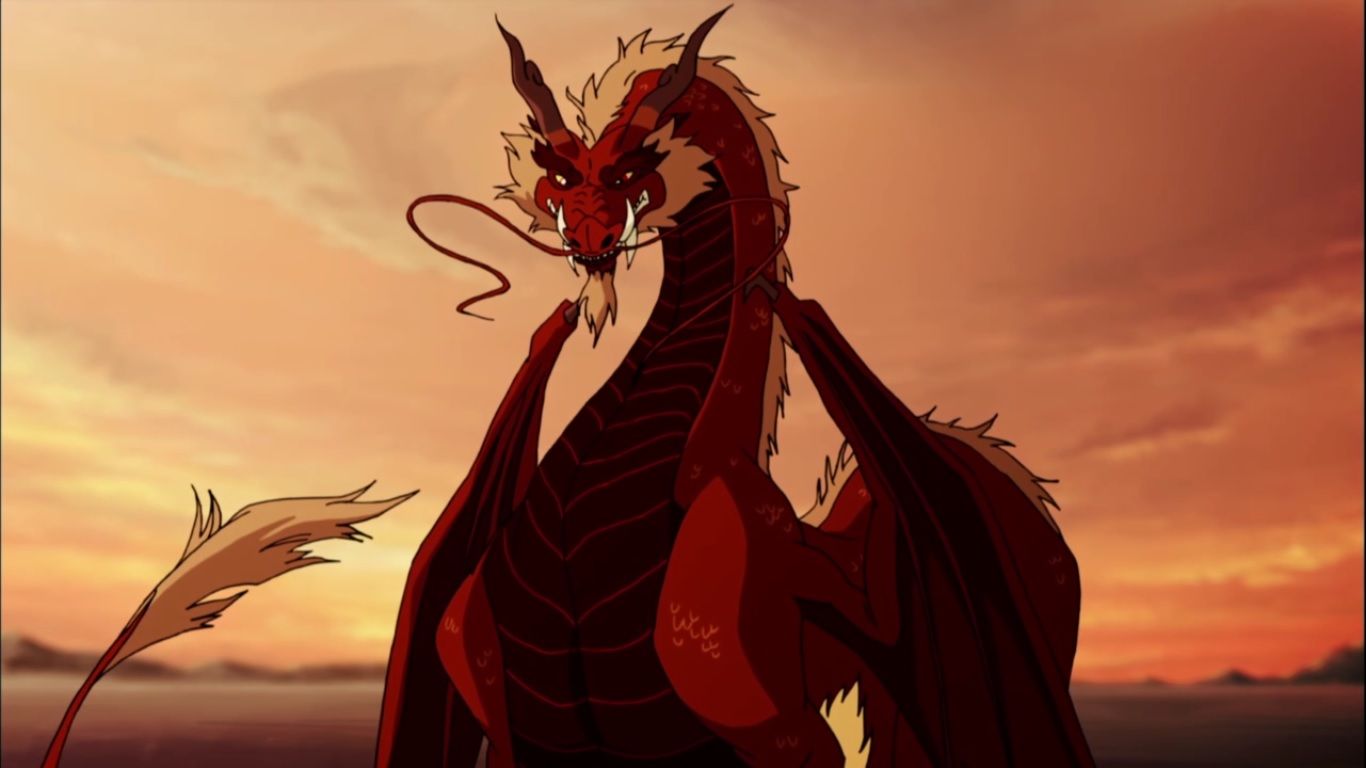
The Ancient Sun Warriors were the first civilization to learn Firebending from the original masters: the dragons. While it was originally believed within Avatar: The Last Airbender that dragons were extinct due to the fact that dragon hunting became prevalent during Fire Lord Sozin’s time, the season 3 episode “Firebending Masters” shows that there are two remaining dragon masters, Ran and Shao. While it was rumored that Zuko’s Uncle Iroh (Mako Iwamatsu) slew the last dragon, earning him the nickname “The Dragon of the West,” Iroh only pretended to kill the last dragon in order to protect the species from extinction. By watching how Ran and Shao rely on the flow of their own chi to breathe fire and mimic their movements through the Firebending form the Dancing Dragon originally created by Avatar Wan, Zuko and Aang learn the true meaning of Firebending: that it is life and energy, not destruction.
Badgermoles
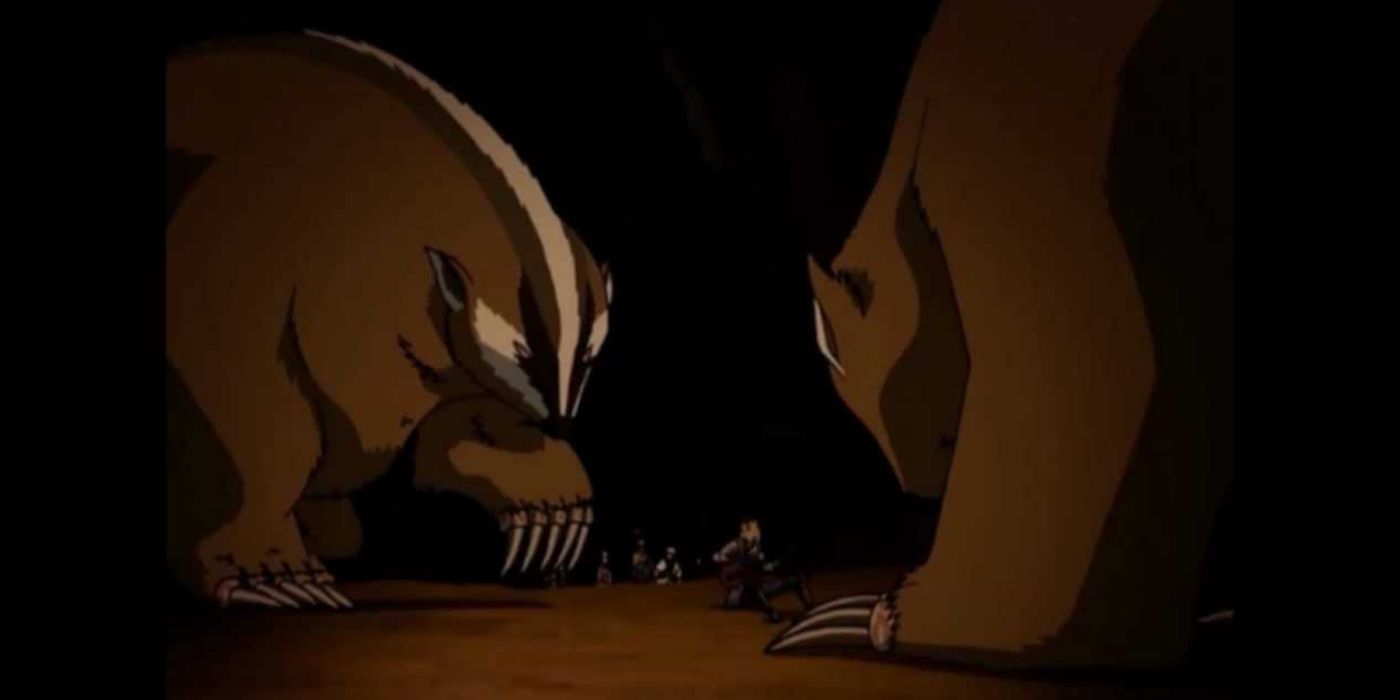
Earthbenders learned to master the art of Earthbending from the blind hybrid animals known as Badgermoles, whom are native to the Earth Kingdom. In Avatar: The Last Airbender‘s season 2 episode “The Cave of Two Lovers,” it is revealed that Oma and Shu, two lovers who lived in feuding villages, learned to Earthbend from the badgermoles in order to build tunnels within the mountains between their villages so they could meet in secret. When Shu was killed during a battle between the two villages, Oma was grief-stricken and threatened to use her Earthbending to gain vengeance against the two villages.
However, Oma instead announced that the fighting was over and both villages banded together to build a new peaceful city, which eventually became the first Earthbending city of Omashu. When Toph (Jessie Flower) shares how she learned to Earthbend from the badgermoles during the episode “Firebending Masters,” it’s explained more thoroughly how the animals use Earthbending as an extension of their senses to “see” by feeling the vibrations in the ground.
Sky Bison
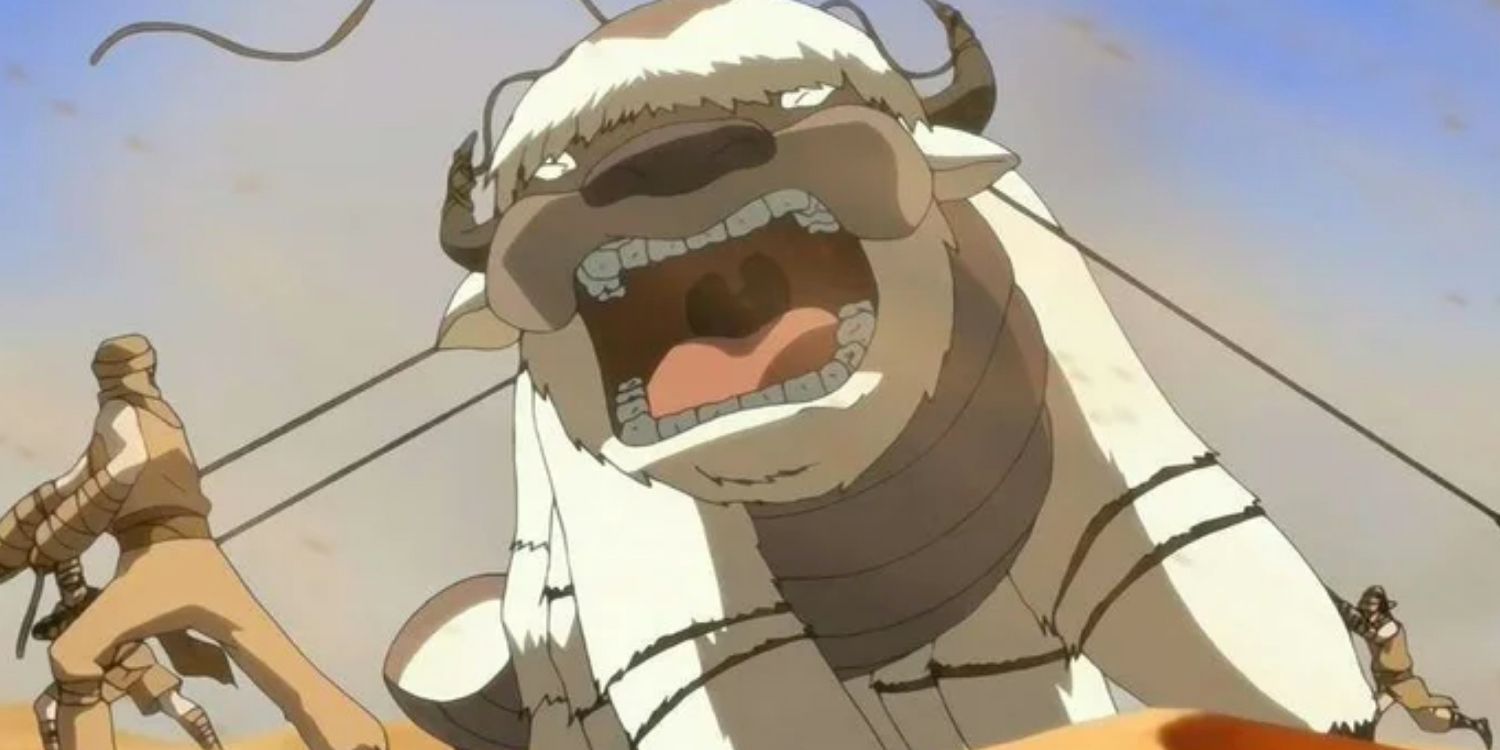
The Air Nomads first learned to Airbend by watching the sky bison fly through the air using their tails to navigate through the wind. In celebration of their teachings, the Air Nomads made sky bison part of their culture, giving young Air Nomads their own sky bison companion and using them for transport to and from their Air Temples. Air Nomads paid tribute to the original Airbenders by giving themselves an arrow tattoo that resembled the arrow markings on the sky bison’s head once their Airbending training was complete.
Throughout Avatar: The Last Airbender, Aang’s own sky bison Appa (Dee Bradley Baker) often Airbends by transporting Team Avatar across the four nations through flight, as well as uses his tail and mouth to create defensive Airbending attacks. After the Fire Nation committed genocide against the Air Nomad civilization, sky bison were believed to be endangered as well until Aang discovered remaining herds of bison located at each of the Air Temples.
The Moon
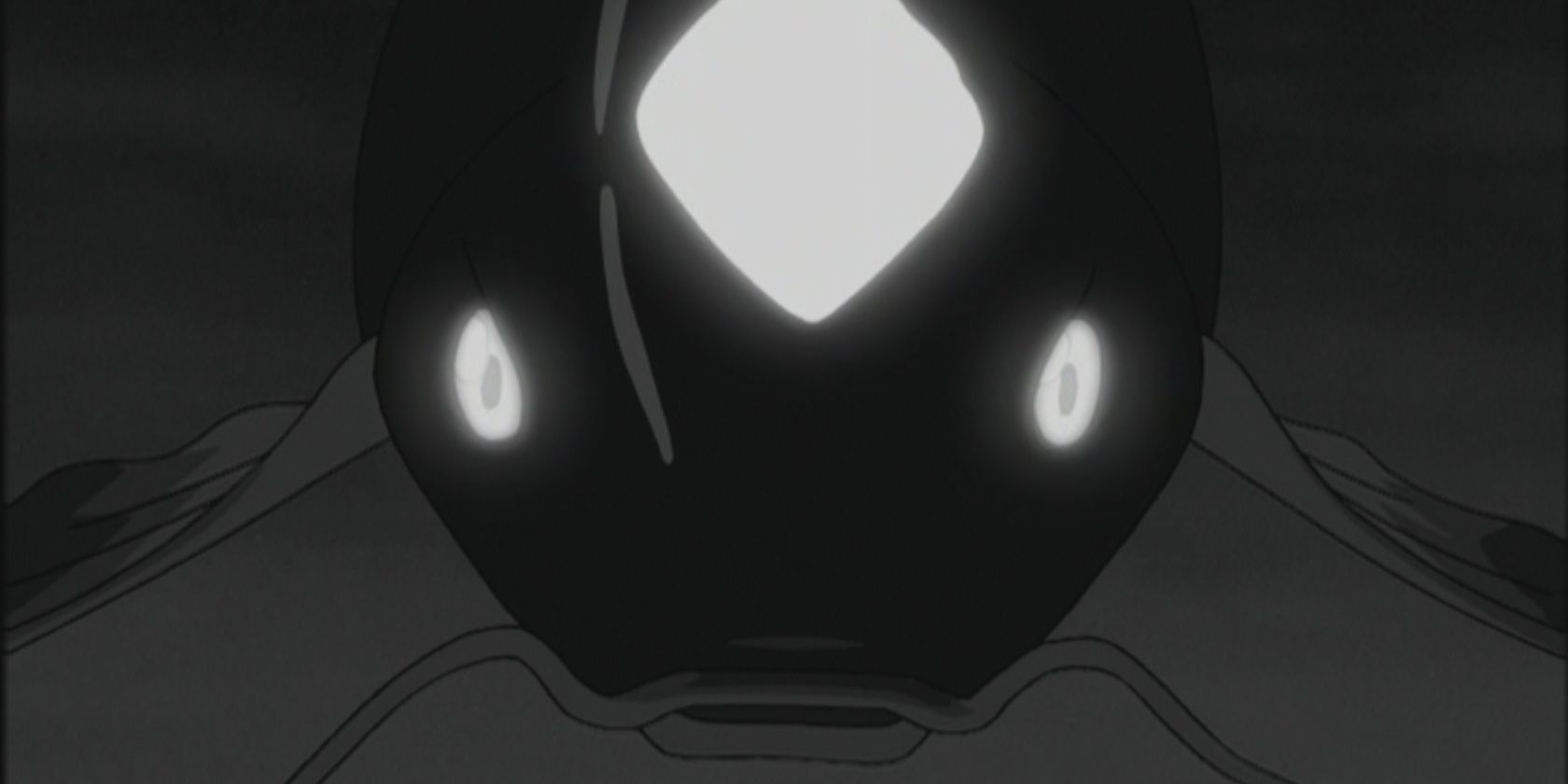
According to Princess Yue (Johanna Braddy), the moon was the first Waterbender that taught the ancestors of the Northern Water Tribe to Waterbend. “Our ancestors saw how it pushed and pulled the tides and learned how to do it themselves,” says Yue in the season 1 episode “The Siege of the North: Part 1.” While the original Waterbending master may not have been an animal per se, Tui the moon spirit manifested in the mortal realm under the guise of a white koi fish and lives within the most spiritual region of the Northern Water Tribe’s city, Agna Qel’a, allowing for the possibility that some Waterbenders garnered certain techniques by observing the spirit in person as well.
Part of the balance that makes Waterbending possible is Tui’s counterpart La, the ocean spirit that appears as a black koi fish that is permanently interlocked with Tui in a cycle of push and pull that allows for the tides to exist. Since the moon is their original teacher, Waterbenders’ abilities are much stronger at nighttime.
Lion Turtles
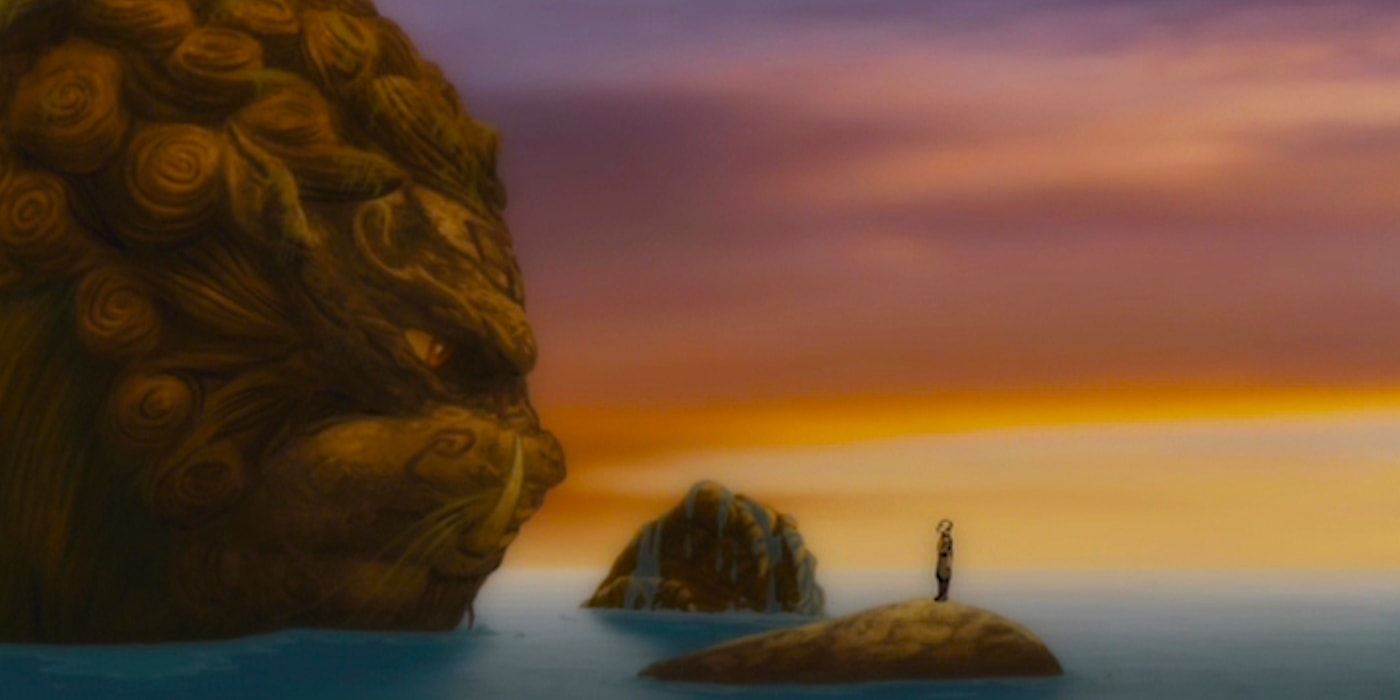
Before humans learned to bend by observing animals, lion turtles gave humans the ability to bend the four elements by bending the energy within a person’s body, which is known as the art of Energybending. Through the use of Energybending, lion turtles first granted bending to humans so that they could survive the Spirit Wilds and removed the bending ability once they returned from their journey. In the season 3 episode “Sozin’s Comet: Part 2: The Old Masters,” Aang comes in contact with a lion turtle who gives him the knowledge of Energybending, so that he can essentially give and take away someone’s ability to bend the elements. Aang is the first human to learn this form of bending and he uses it for the first time to take away Fire Lord Ozai’s (Mark Hamill) own Firebending, thus ending the Hundred Year War.
When considering that humans originally learned to bend by observing animals, it begs the question whether or not humans have an affinity for a certain element based on genetics or their own aptitude to learn. Throughout Avatar: The Last Airbender, not everyone in the population is able to bend an element, and while there appears to be some sort of genetic component, since many people adopt the bending style associated with their parent’s nation, each case varies drastically per person. Katara and Toph’s own experiences support the argument that bending can be learned, since none of their parents had the ability to bend themselves. Alternatively, one of Katara and Aang’s future children, Bumi (Richard Riehle), who is introduced within The Legend of Korra, isn’t born with the ability to bend despite the fact that he comes from a family with a strong history of bending. While genetics and aptitude appear to play a part, a person’s spirituality seems to be the main component that determines whether or not someone will become a bender that also accounts for the varying cases.




